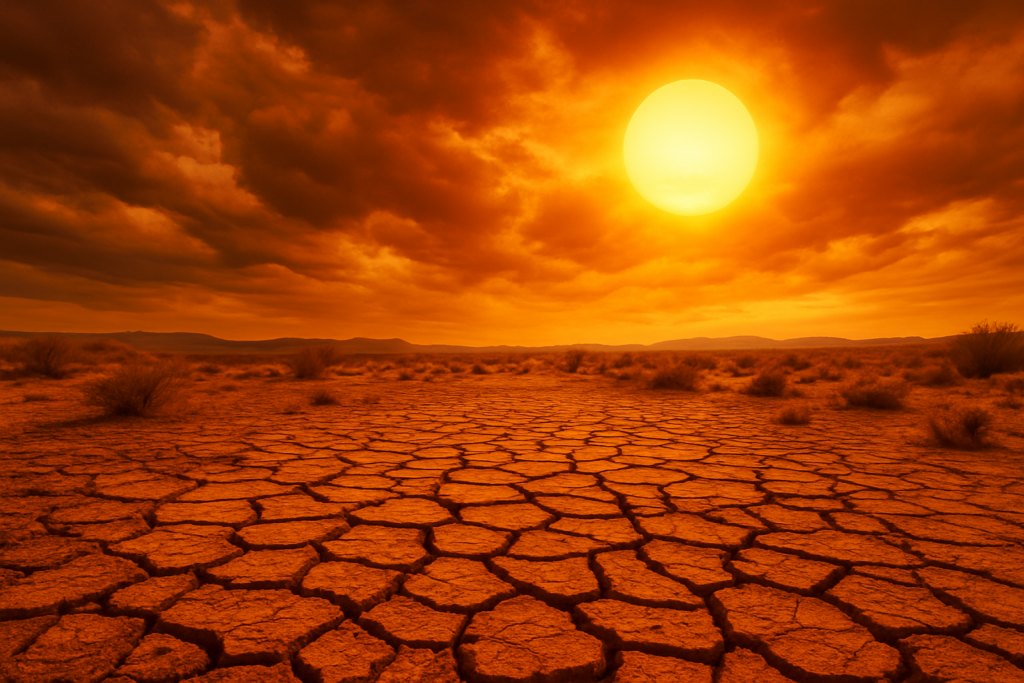Strength crises know no borders. In our pertain world, diseases can spread expeditiously, making international collaboration and response crucial. Current updates on international fitness crises highlight the continuous challenges and advancements in tackling these all-encompassing threats.
COVID-19: A Persistent Challenge
The COVID-19 universal, which started in late 2019, continues to pose significant well-being, economic, and social challenges general. Despite widespread immunization efforts, new variants of the bug, such as Omicron and its substitute-variants, have led to resurgences in cases and hospitalizations.
Countries have adopted miscellaneous strategies to manage these outbreaks, containing booster vaccination campaigns, community health measures like mask mandates, and travel restrictions. Changes in vaccine electronics, such as mRNA vaccines, have been important in controlling the spread. However, differences in vaccine access ‘tween high-income and low-earnings countries persist, underscoring the need for impartial distribution.
Monkeypox: An Arising Concern
In mid-2022, monkeypox, a viral ailment endemic to Central and West Land of the Sahara, saw an unexpected rise in cases across Europe, Western hemisphere, and other regions. This eruption prompted the World Strength Organization (The one) to declare it a Public Health Crisis of International Concern.
Transmission generally occurs through close physical contact, and while the affliction is less transmissible than COVID-19, its spread has bred alarms. Vaccination exertions and public awareness campaigns are crucial to holding monkeypox. Countries have begun rolling out vaccines to extreme-risk populations and are emphasizing the significance of early detection and isolation of cases.
Polio Revival
Polio, a debilitating disease that formerly seemed not quite eradication, has made a worrying comeback in some domains. In 2022, cases of wild poliovirus were reported in nations such as Pakistan and Afghanistan, where conflict and governmental instability hinder immunization campaigns.
The Global Polio Extermination Initiative (GPEI) is intensifying its exertions to vaccinate children in these domains. The introduction of the novel oral polio cure (nOPV2) aims to address the challenges posed by vaccine-derivative poliovirus, enhancing immunity while underrating risks of outbreaks.
Malaria: Tramps and Setbacks
Malaria remnants a major public health issue, specifically in sub-Saharan Africa. The ailment causes hundreds of thousands of grave annually, being pregnant under five being the most vulnerable.
Current advancements, such as the authorization of the RTS,S/AS01 malaria vaccine for one WHO, offer hope. This vaccine has proved efficacy in reducing harsh malaria cases in young adolescents. However, challenges like insecticide fighting in mosquitoes and drug resistance in parasites make necessary ongoing innovation and loan in malaria control measures.
Global Energy Security
The concept of all-encompassing health freedom has gained prominence as countries with its own government recognize the interconnected type of health threats. Pushs like the Global Health Safety Agenda (GHSA) aim to restore countries’ capacities for fear that, detect, and respond to spreading disease threats.
Money in public health infrastructure, following systems, and rapid reaction capabilities is essential. The COVID-19 universal highlighted the importance of all-encompassing collaboration, as information giving and coordinated responses can considerably mitigate the impact of health troubles.
Antimicrobial Resistance (AMR)
Antimicrobial resistance is a increasing concern that threatens to show many of our current treatments for bacterial infections useless. Misuse and overuse of antibiotics cruel medicine and agriculture stimulate the development of resistant strains.
Worldwide efforts, to a degree the WHO’s Global Operation Plan on Antimicrobial Resistance, devote effort to something improving surveillance of AMR, advancing rational use of antibiotics, and devoting in the development of new treatments. Public instruction campaigns aim to reduce useless antibiotic use and promote practices that limit the spread of opposing bacteria.
Climate Change and Well-being
Climate change is increasingly acknowledged as a major driver of well-being crises. Rising hotnesses and changing snow patterns are expanding the range of vector-carried diseases like dengue fever and Zika bacterium. Additionally, extreme weather events, to a degree hurricanes and floods, disrupt health duties and exacerbate environments like malnutrition and waterborne diseases.
Exertions to combat climate change, such as lowering greenhouse gas diffusions and enhancing climate elasticity, are integral to protecting all-encompassing health. Merging health considerations into trend policy can help mitigate the unfavorable impacts of environmental changes on human health.
Decision
International health emergencies are complex and multifaceted, requiring matched global reactions. From ongoing challenges like COVID-19 and malaria to arising threats like monkeypox and antimicrobial resistance, the worldwide community must continue to purchase robust health orders, innovative electronics, and equitable access to care. By discussing these issues collaboratively, we can build a healthier, more resilient globe capable of withstanding future energy challenges. Understanding and responding to these crises is not only a matter of community health but also a critical component of all-encompassing stability and safety.



